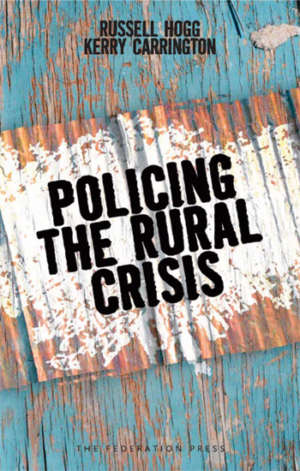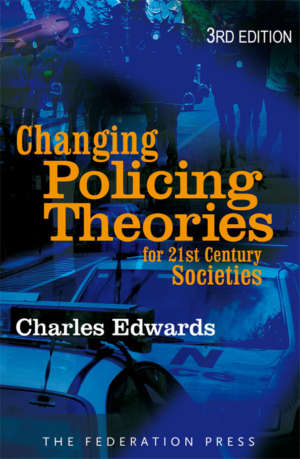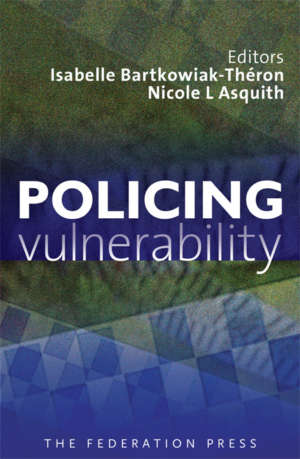Product Description
Written from a practitioner’s perspective, Intelligence in Regulation fills a void in international literature on regulation. The wide and largely disparate world of regulators is late to the idea of professionalising decision-making despite this need being well understood and ingrained in national security and, to a lesser extent, law enforcement.
The book draws largely from the experience of the author as a former intelligence officer, as a builder of intelligence and decision-systems across many sectors, and as a user of intelligence in leading regulatory operations. The narrative leads the reader through the barriers to effective regulatory decision-making, then to case studies of regulatory failure, and concludes with practical guidance on building and improving intelligence systems. Theoretical references are drawn from a number of sources and, in particular, the book acts as a companion piece to Managing Intelligence: The Art of Influence (Quarmby and Young, 2010) which contains the fundamentals of contemporary intelligence craft.
While oriented towards compliance and regulation, the content can be applied across other public and private sectors, especially where consideration of external change agents is important in decision-making. If in doubt, simply insert the name of your organisation or field where you read the word ‘regulator’ and you may be surprised how many of the observations echo your own organisational circumstance.







